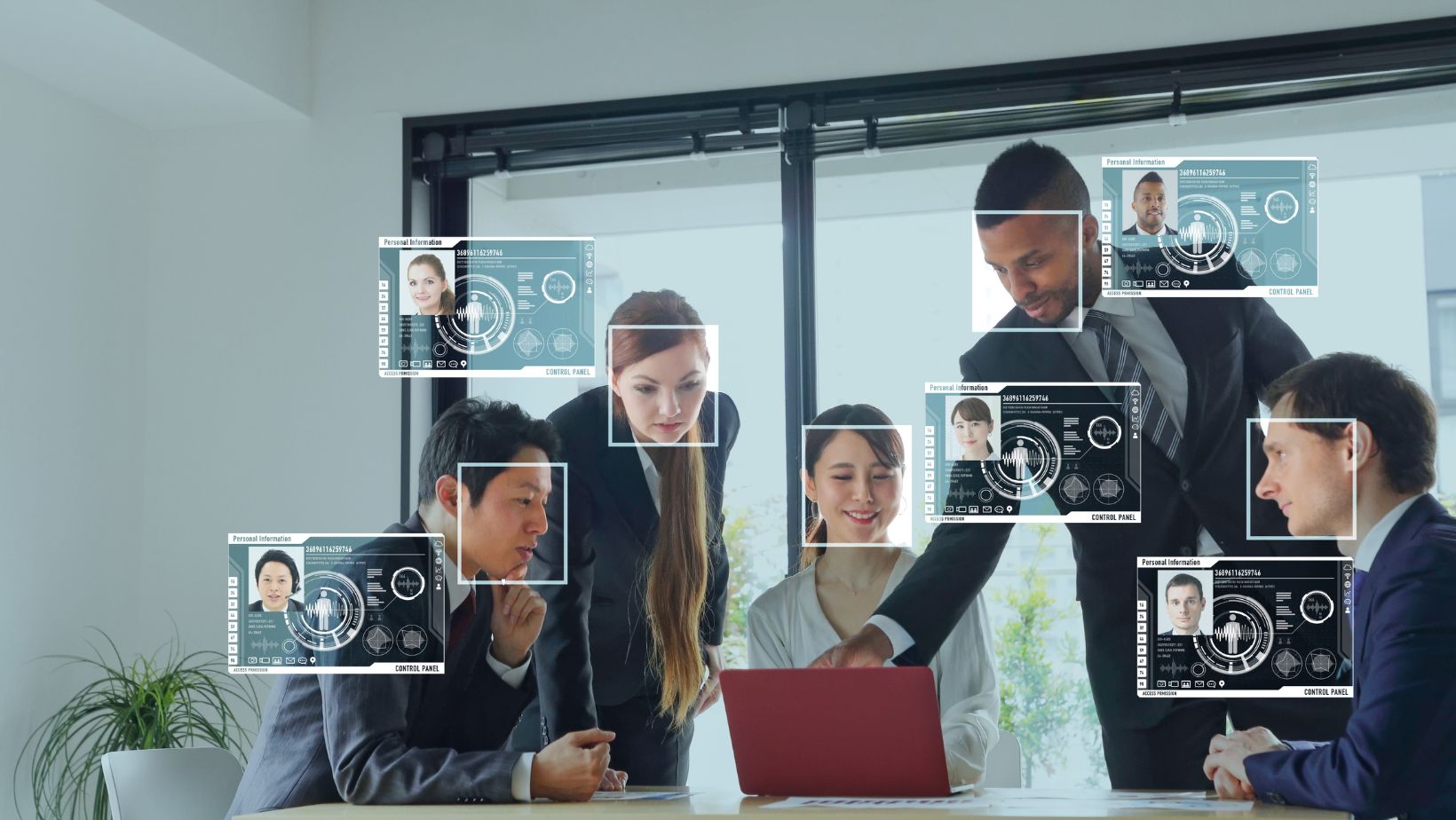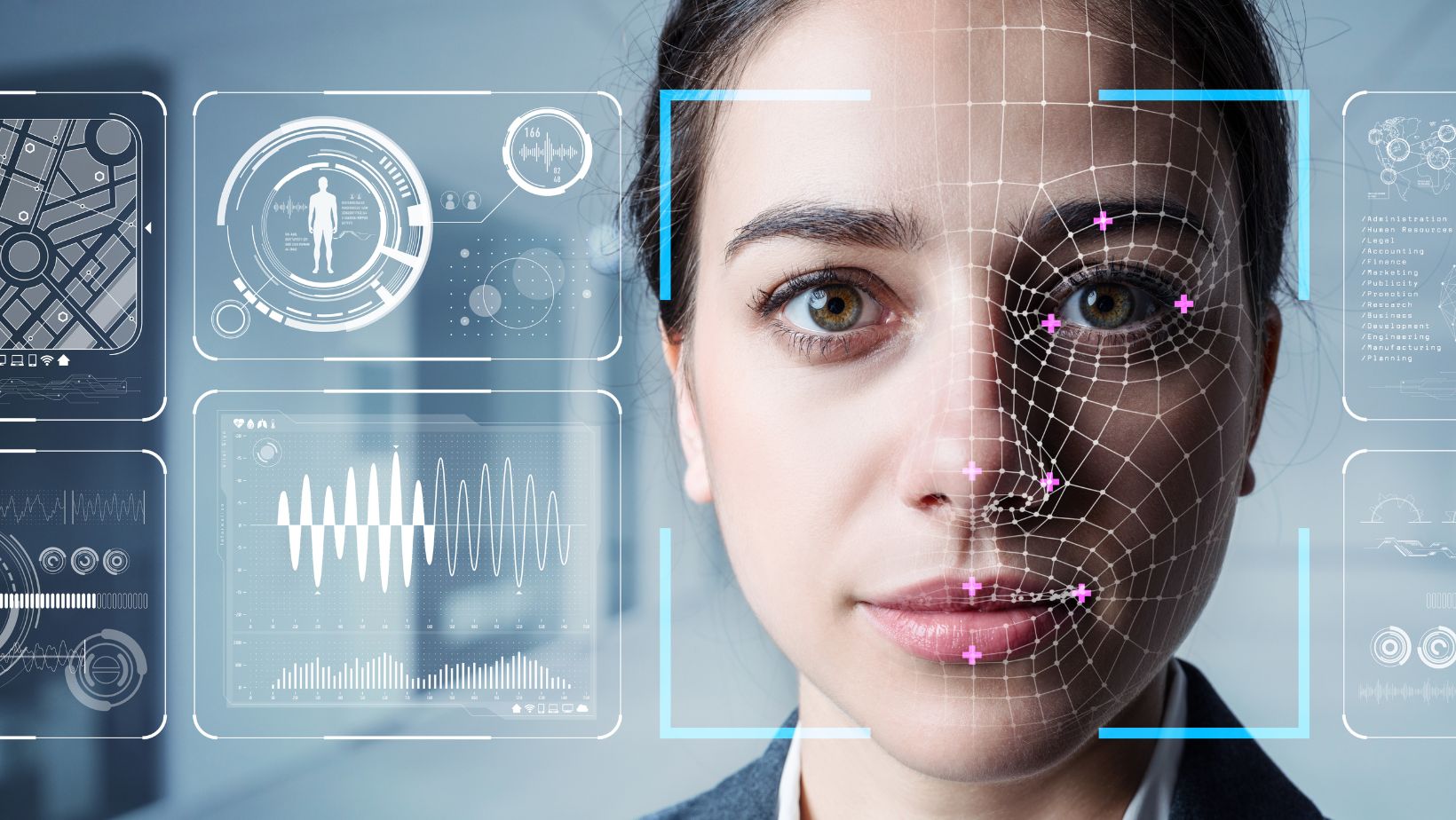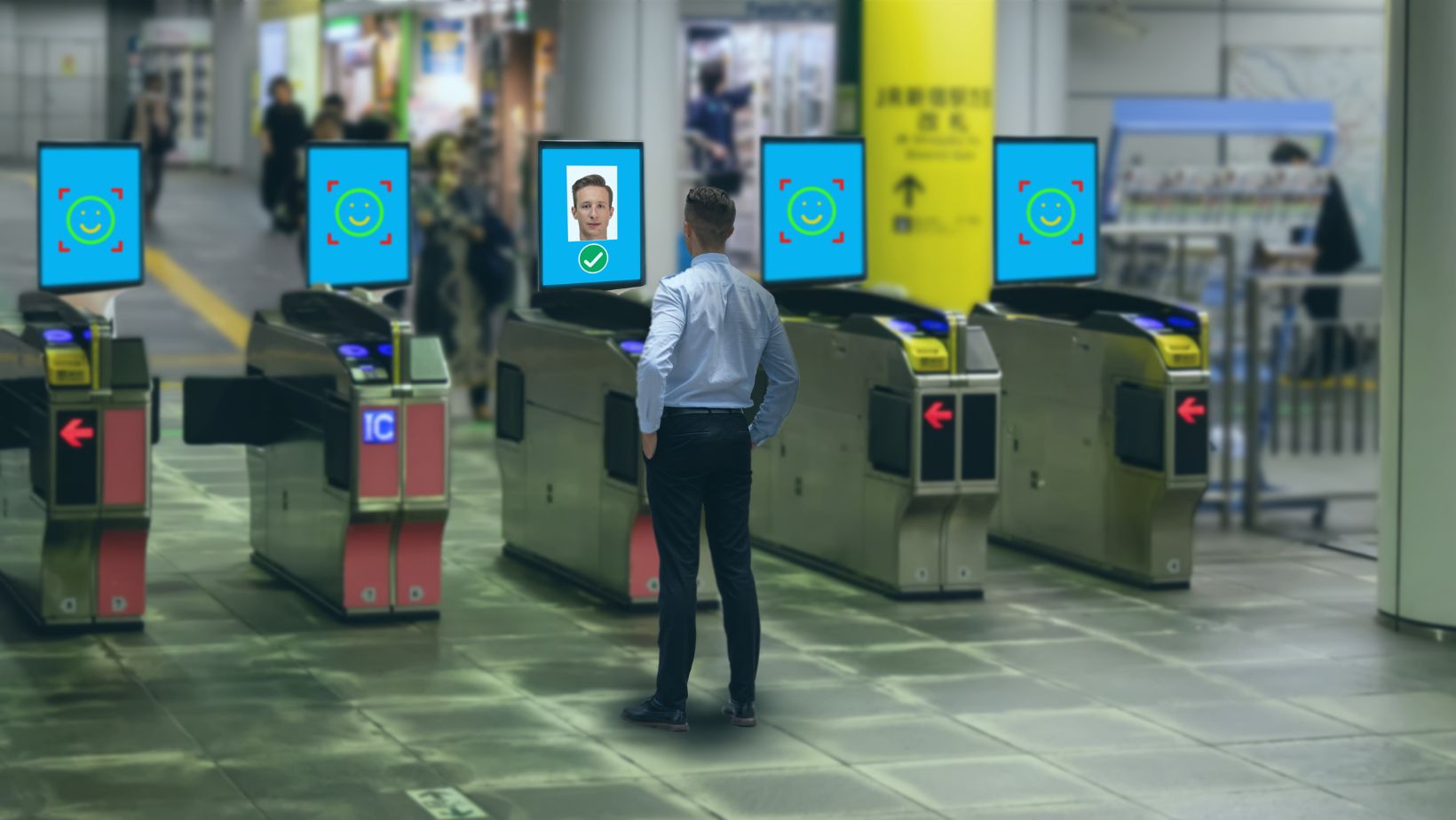
Businesses today constantly seek innovative technologies to gain a competitive edge. One such technology that has been making waves is video recognition. But why is it being hailed as a game-changer for businesses? Let’s dive in.
The Essence of Video Recognition
Video recognition identifies and categorizes objects, actions, and events within video content. In a way, it’s a visual counterpart of voice recognition. However, while voice identification is designed to understand and interpret spoken words, video identification deciphers visual data.
Here’s a breakdown of its mechanics:
- Frame Analysis: Every video is essentially a series of frames. The first step is to dissect these frames to analyze the individual images.
- Feature Extraction: Once the frames are isolated, the system identifies critical features within the images. These could be shapes, colors, patterns, or any distinctive visual markers.
- Object Detection: Using the extracted features, the software determines the presence of specific objects within the frame. It could range from identifying a person’s face to recognizing a particular product on a shelf.
- Action Identification: Beyond just objects, this technology can also determine actions. For instance, it can differentiate between a person walking, running, or jumping.
- Contextual Analysis: One of the most advanced aspects of the technology is understanding the context. It’s not just about recognizing a car but understanding if it’s parked, moving, or involved in an accident.
- Data Synthesis: All the extracted information is then synthesized to understand the video content comprehensively. One can use this for various applications, from security surveillance to customer behavior analysis in a retail store.
Video Recognition in Modern Business
A study from Think with Google revealed that people are 40% more likely to spend more than planned when their shopping experience is highly personalized.

Besides, as highlighted by WebFX, video content has a higher engagement rate, with consumers being ten times more likely to interact with videos than other forms of content. As businesses strive to meet evolving demands, recognition technology is pivotal in optimizing numeric processes.
Revolutionizing Customer Experience
With embedded software development, businesses access new opportunities for providing a highly personalized customer experience. Imagine the scenario: you walk into a store, and the digital signage, powered by video recognition technology, instantly curates and displays products tailored to your past purchases or preferences. This level of hyper-personalization delights customers and, of course, fosters brand loyalty. Retailers looking to elevate their in-store experience can integrate recognition technologies with CRM systems, backed by robust embedded software, and offer real-time, tailored promotions to enhance customer engagement.
Streamlining Operations
The challenges of quality control are no stranger to the manufacturing sector. Video recognition can swiftly detect and highlight defects by continuously analyzing products on the assembly line. This ensures that issues are identified and rectified early, reducing waste and enhancing product quality.
Enhancing Security Measures
With recognition technologies, cameras are transformed into intelligent monitoring systems. They can proactively identify suspicious activities and unauthorized entries or detect potential hazards like unattended bags. This can significantly bolster security protocols for entities with expansive premises or critical infrastructure.
Optimizing Marketing Strategies
Businesses can derive insights into audience reactions and engagement levels by analyzing video content, especially from advertisements. For instance, you can employ recognition during focus group tests to explore participants’ facial expressions and get a deeper understanding of their responses. Such insights are invaluable in refining marketing strategies so that the latter resonate with the target audience.
Challenges And Considerations
While recognition technology offers many benefits, businesses must be aware of the challenges accompanying its implementation. Here’s a deeper look into some of these challenges.
- Privacy Concerns: One of the most significant challenges is the potential infringement on individual privacy rights. As video recognition becomes more prevalent, there’s a growing concern about how the collected data is used and stored. Thus, you should ensure that video analysis respects individual privacy rights and complies with relevant regulations.
- Accuracy and Reliability: As highlighted by a report from NIST, facial recognition in video content remains challenging. Achieving high accuracy requires a combination of advanced algorithms, dedicated design efforts, and continuous optimization.
- Ethical Implications: Beyond privacy, there are broader ethical concerns. For instance, there’s potential for bias in recognition algorithms, which could lead to unfair or discriminatory outcomes. Businesses must know these implications and strive for transparency and fairness in their applications.
Conclusion
Staying ahead of the curve is crucial for any business. With its myriad applications and potential, video recognition is undoubtedly a tool that modern companies must consider. With its help, businesses can unlock new avenues of growth and innovation.















